The collapse of the geostationary Intelsat 33e satellite, whose explosion generated roughly 500 debris fragments, has been making waves in the news over the past weeks.
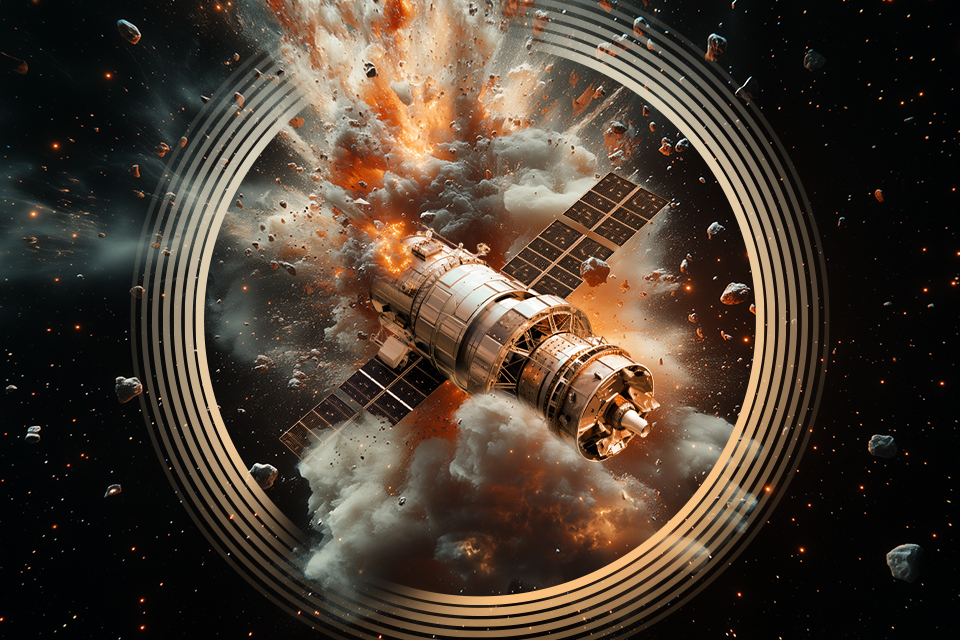
Such events are hardly rare. For instance, this June saw the explosion of the russian satellite Resurs-P1, which forced the ISS crew to board their return spacecraft just in case they had to follow through with the emergency evacuation. Spent rocket stages and boosters left in orbit also explode quite often. But what causes this, and how do we fix it? Let’s dive in.
Why Spent Rocket Stages Explode
One of the most common sources for low Earth orbit explosions are spent rocket stages and boosters. At least four such incidents occurred just this year, three of them caused by the collapse of the upper stage of the Chinese rocket Long March 6A. A relatively new spacecraft, this rocket was first launched in 2022. But its novelty doesn’t prevent its upper stages from blasting on a regular basis. At present, the rocket has completed eight flights. Four of its stages left behind in orbit eventually exploded.
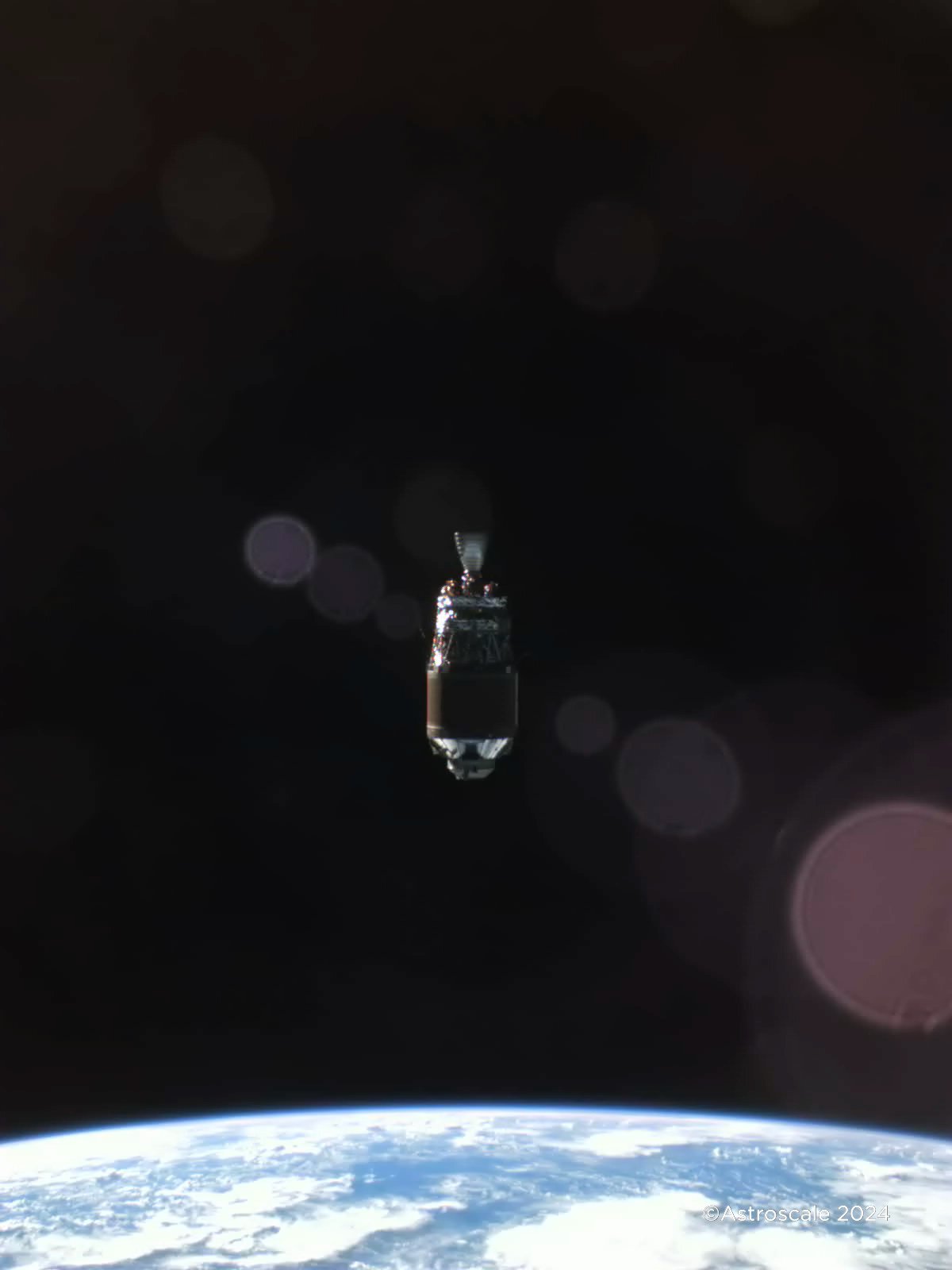
But this problem isn’t limited to Chinese rockets. Another frequent disturber of orbital peace is the Centaur booster used on ULA rockets. Since 2018, the booster exploded four times, with the most recent incident occurring when the Centaur upper stage collapsed this September.
The most common reason for spent stage explosions is the leftover rocket fuel they might still retain. Over time, the exposure to elements in the cosmic environment could lead to deterioration of their structural integrity. As a result, the remaining fuel could leak or mix with other fuel components, leading to a complete collapse and multi-fragment disintegration.
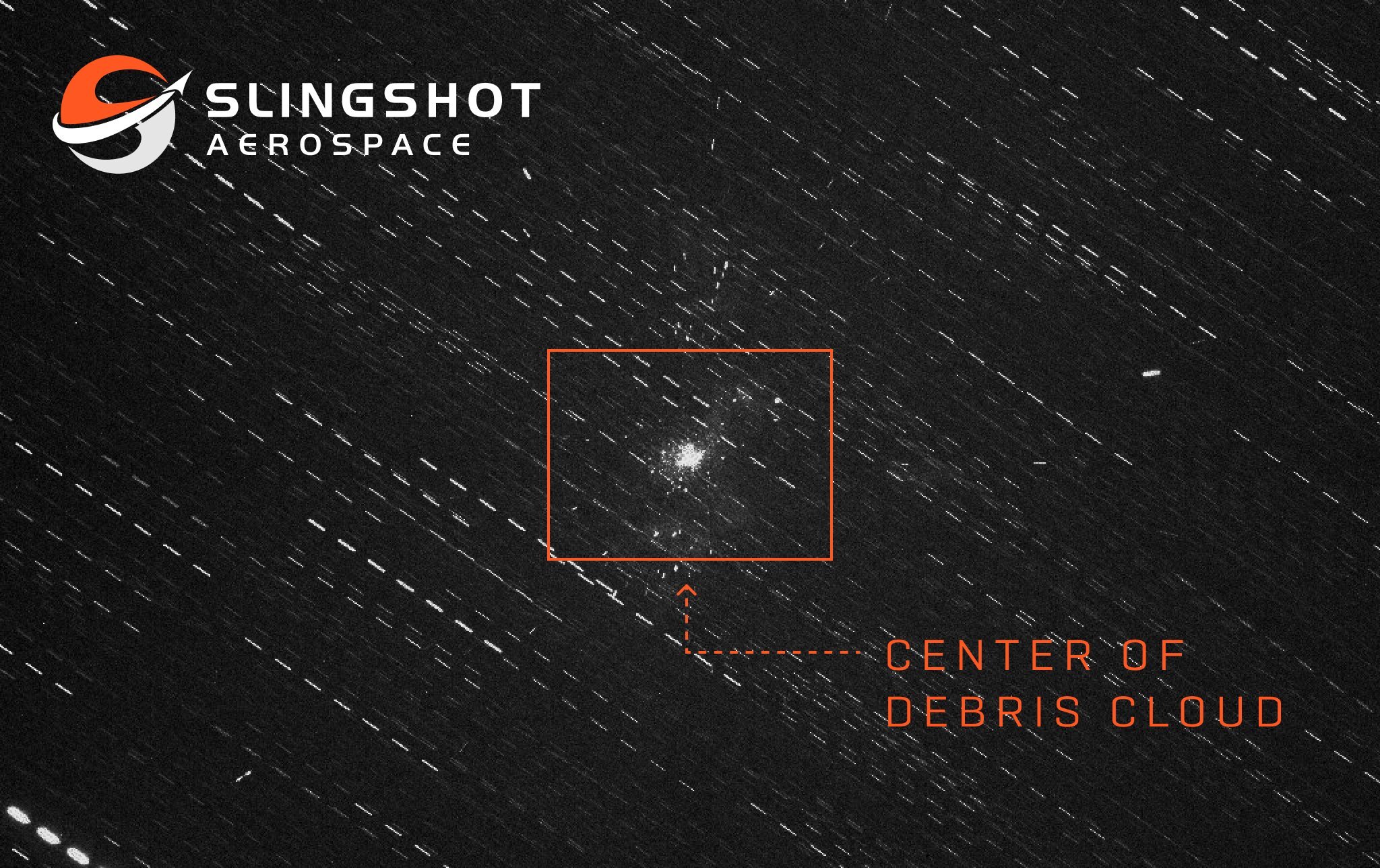
Currently, there are two main strategies to combat such events. The first option is to de-orbit the stage following its payload removal. SpaceX favors this approach with their Falcon 9 launches. However, the de-orbiting process is only possible with low Earth orbit projects and, judging by the recent example of the rocket Ariane 6, it may not always be successful. In other cases, spent stages would remain in space for a long time.
If the stage in question is impossible to de-orbit right away, companies apply another method known as passivation. This includes draining the batteries and venting any remaining fuel. Additionally, stages could be directed to the retirement orbit to ensure that in case of their collapse, the debris wouldn’t interfere with other spacecraft.
Unfortunately, this method also sometimes fails. Firstly, not all countries consider stage passivation a requirement. And secondly, even stages and boosters with confirmed passivation can still explode, as previously seen with Centaur. Typically, such destructive outcomes are the result of either structural flaws or fuel venting errors.
Why Satellites Explode
But spent rocket stages aren’t the only sources for explosions in space. The collapse of satellites can also generate large amounts of debris.
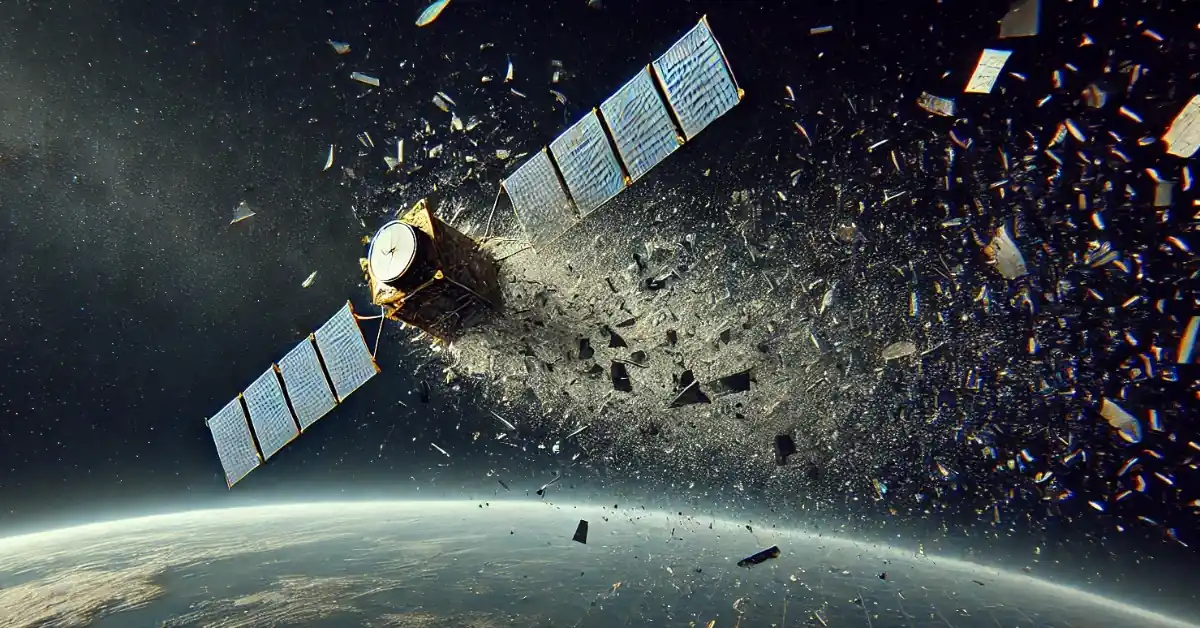
Typically, satellites explode due to either battery or fuel system defects. Sometimes, manufacturers claim these incidents were caused by meteorite impacts, but such statements are nothing more than an attempt to avoid responsibility.
Space junk can also lead to satellite explosions. To date, the most disastrous incident of this kind was the 2009 impact of Iridium-33 and Kosmos-2251, generating several thousand debris fragments. But we also can’t discount the effect of anti-satellite weapon tests. In 2021, these tests lead to the destruction of Kosmos-1408.
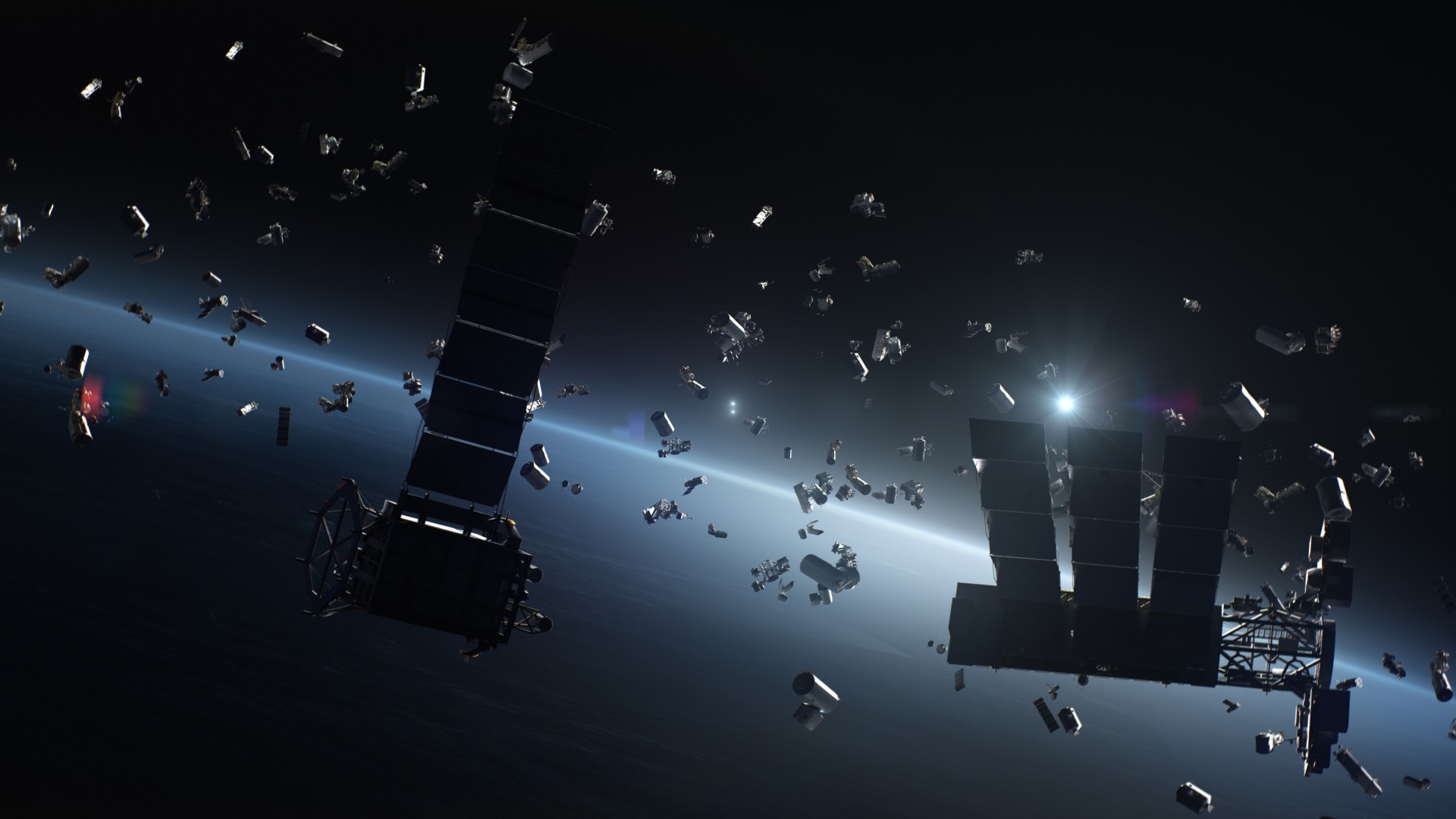
Similar to the handling of spent stages, the best way to secure old satellites is to de-orbit them following their decommission. Then again, this is only possible for low altitude spacecraft. Geostationary satellites, on the other hand, are required to enter the retirement orbit after their decommission. They can also be neutralized similarly to the methods used in stage passivation, namely by way of battery drainage or fuel venting.
Unfortunately, all of these methods are only used for decommissioned spacecraft. But, as the incident with Intelsat 33e clearly illustrated, even relatively new satellites are capable of abrupt collapse due to unforeseen manufacturing error. Sadly, there are almost no ways to counter this. Considering that thousands of new spacecraft are scheduled to launch into orbit in the nearest future, we won’t be seeing the last of space explosion reports in the news.


